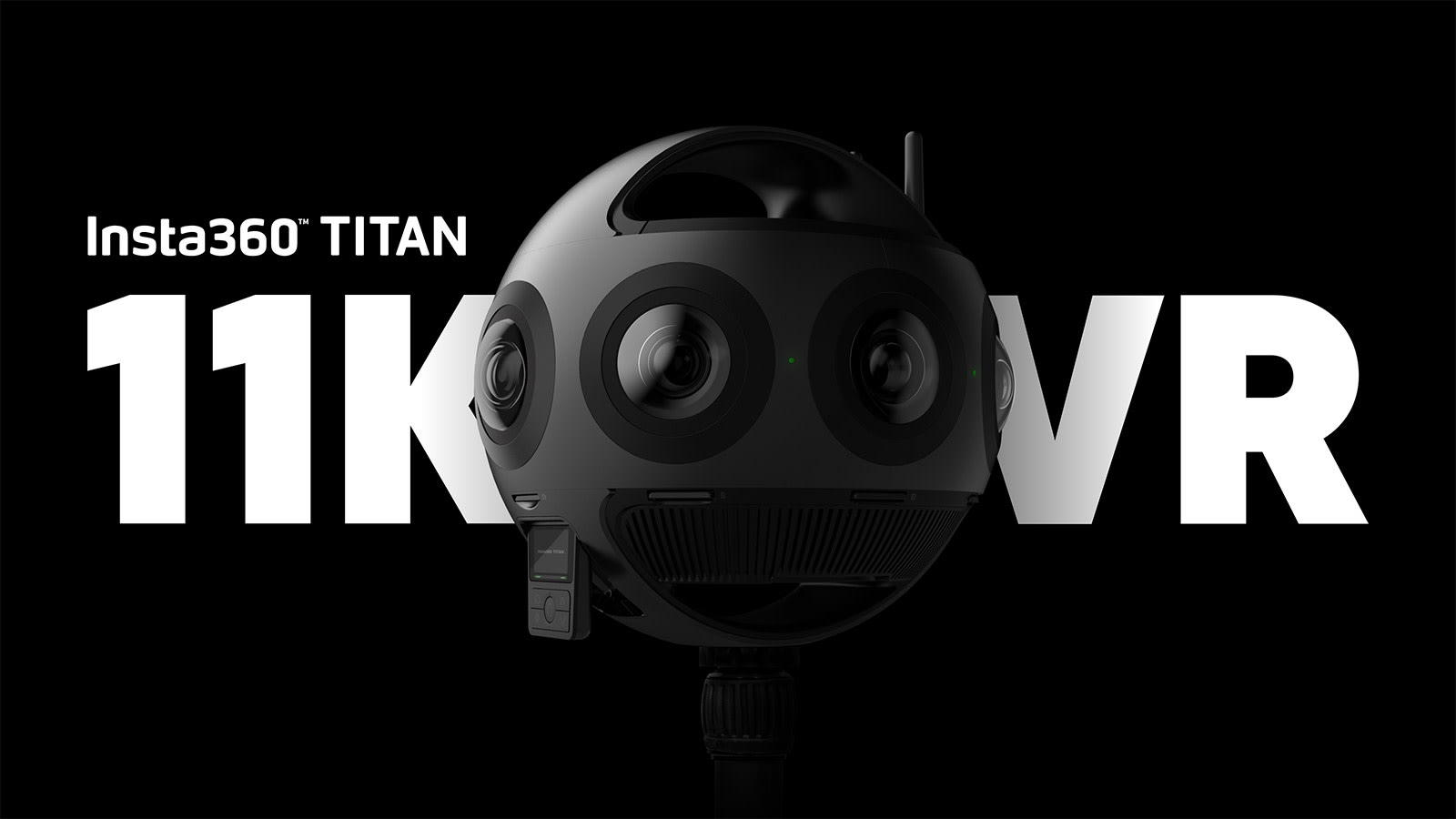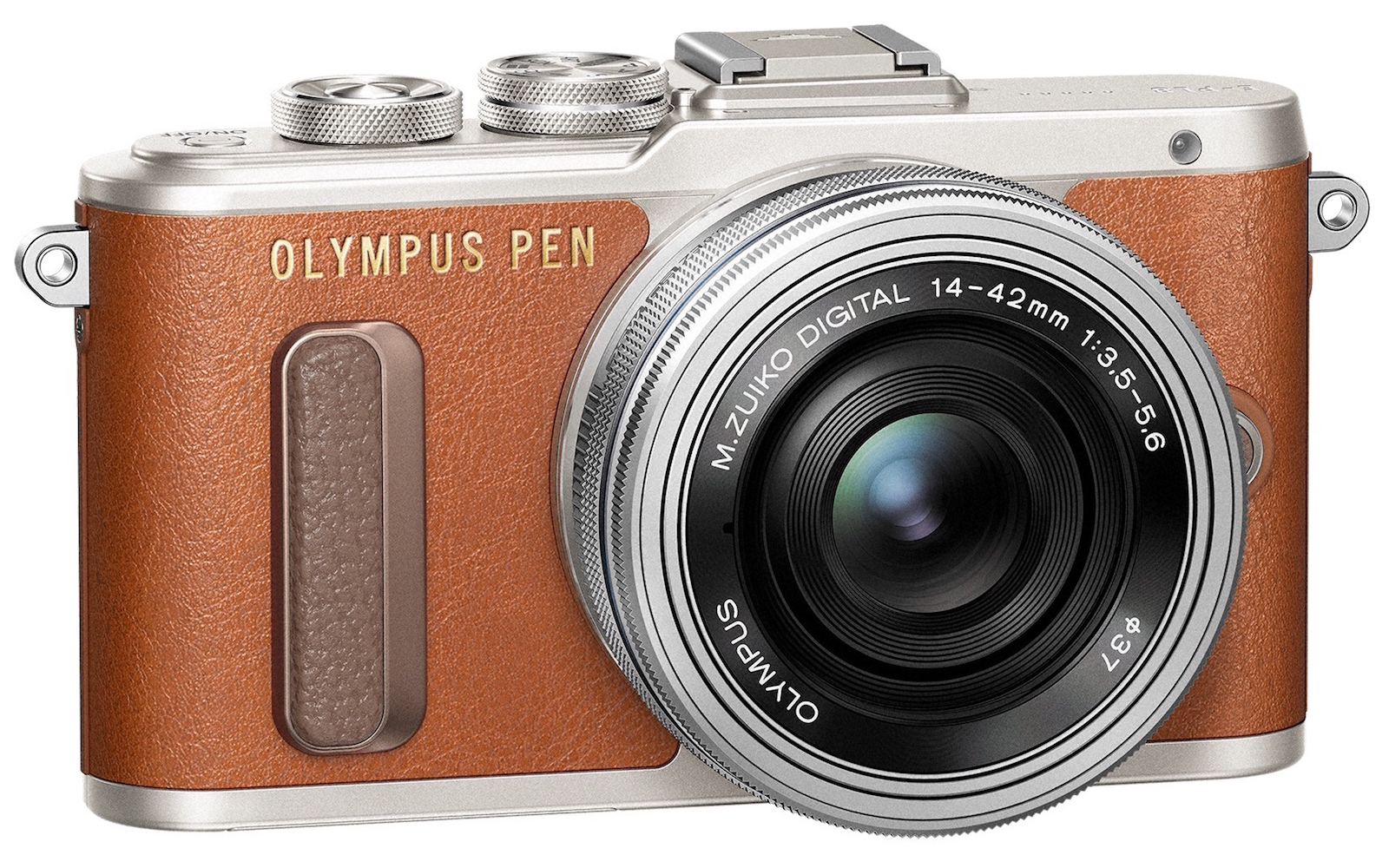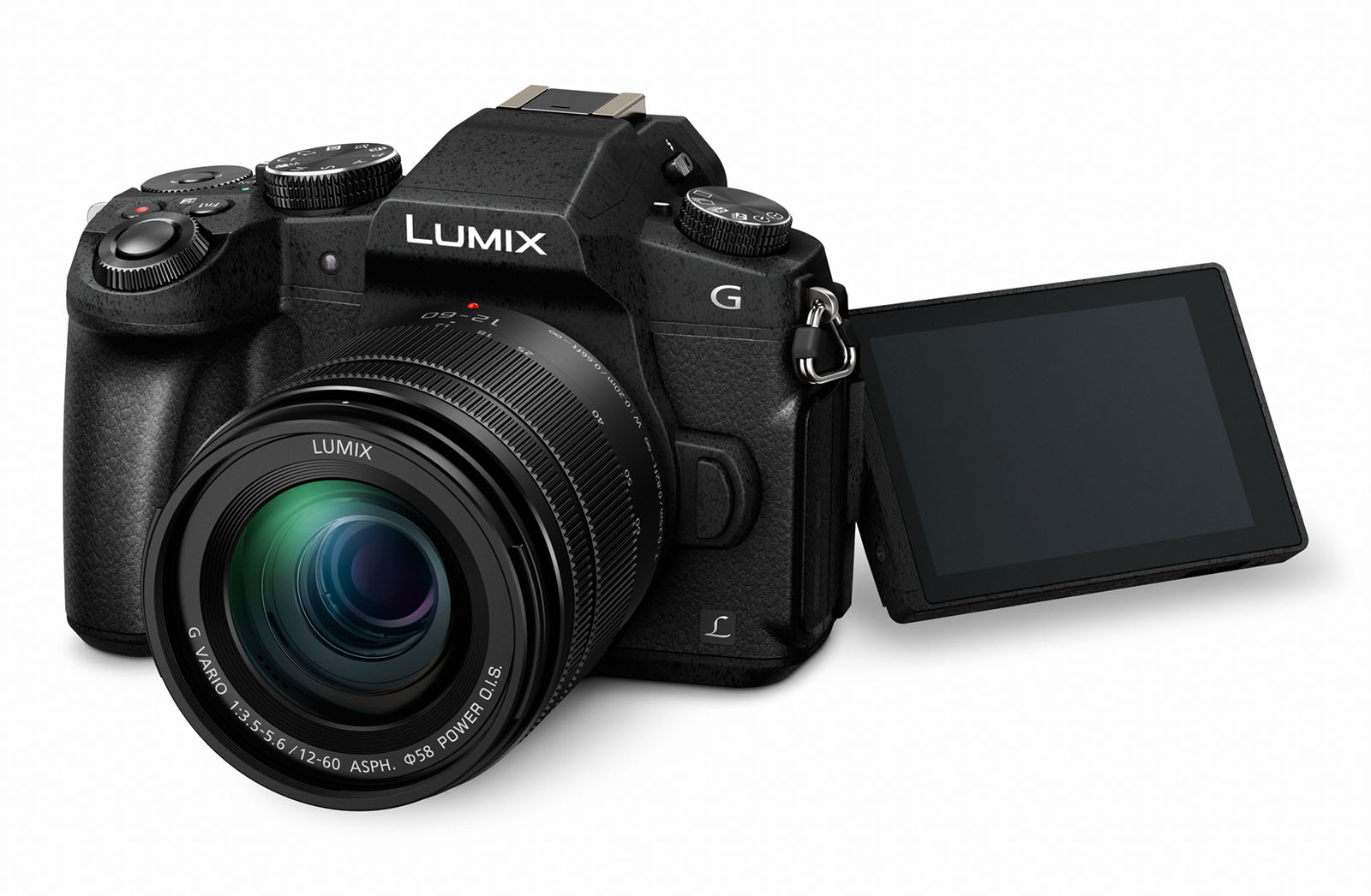Tag Archives: mft
A brief history of mirrorless cameras
 Mirrorless cameras are here to stay. The argument to own one isn't only about them being small and lightweight anymore, because nowadays many mirrorless shooters rival DSLRs in image quality -- something that would've been unimaginable a decade or so...
Mirrorless cameras are here to stay. The argument to own one isn't only about them being small and lightweight anymore, because nowadays many mirrorless shooters rival DSLRs in image quality -- something that would've been unimaginable a decade or so...
Insta360 Titan is an 11K, eight-lens beast of a VR camera
 Insta360 already has a line of 8K professional VR cameras, but apparently there's demand for an even higher resolution. After the teaser at last year's CES, this time the company is officially bringing out the Titan, an 11K VR camera consisting of ei...
Insta360 already has a line of 8K professional VR cameras, but apparently there's demand for an even higher resolution. After the teaser at last year's CES, this time the company is officially bringing out the Titan, an 11K VR camera consisting of ei...
Windows metadata bug has been waiting to cripple older machines
 If you're still using Windows 7 or Windows 8, there's another security issue you need to be aware of aside from Wannacry. This one won't hold your computer ransom for bitcoin, though. Actually, it might be more annoying than it is dangerous. Research...
If you're still using Windows 7 or Windows 8, there's another security issue you need to be aware of aside from Wannacry. This one won't hold your computer ransom for bitcoin, though. Actually, it might be more annoying than it is dangerous. Research...
Olympus’ PEN E-PL8 is a stylish Micro Four Thirds camera
 It wasn't too long ago that Olympus introduced its PEN-F camera, and now the company is following that up with a less expensive retro-looking model. Meet the PEN E-PL8, a Micro Four Thirds shooter with a 16.1-megapixel Live MOS sensor, a new TruePicT...
It wasn't too long ago that Olympus introduced its PEN-F camera, and now the company is following that up with a less expensive retro-looking model. Meet the PEN E-PL8, a Micro Four Thirds shooter with a 16.1-megapixel Live MOS sensor, a new TruePicT...
Panasonic targets budget 4K videographers with the Lumix G85
 Video shooters were excited about Panasonic's Lumix G7 camera when it launched last year as an $800 alternative to the lovely, but pricey GH4. Just over a year later, the company has launched a successor, the G85. Like the last model, it captures 4K...
Video shooters were excited about Panasonic's Lumix G7 camera when it launched last year as an $800 alternative to the lovely, but pricey GH4. Just over a year later, the company has launched a successor, the G85. Like the last model, it captures 4K...
Olympus’ OMD E-M1 flagship ILC arrives with new sensor, Four Thirds lens support for $1,399
Olympus has just announced its top-of-the-line OMD E-M1 camera that squeezes the ruggedness of its E-M5 predecessor into a smaller package, while adding some tempting new capabilities. There's a brand new 16.3-megapixel sensor, for starters, that dispenses with the optical low-pass filter of the previous model and uses the new TruePic VII image engine to kill artifacts, instead. Olympus claims that results in more resolution and sharpness, while also keeping noise and color fading to a minimum at high ISOs. Another big addition is the "Dual Fast" autofocus system that permits faster focusing and 6.5 fps shooting in continuous focus mode (10 fps with single AF). Also, you can now autofocus with non-native Four Thirds lenses using phase detection, and there's better support for Olympus' Zuiko lenses -- like the new M.Zuiko 12-40mm f2.8 model shown above. Other features include 1080p/30fps video, an updated 2.36 million-dot EVF, a tweaked 5-axis image stabilizer and built-in WiFi.
Though more compact than before, the new body has extra dials and switches, including a dedicated HDR button with two selectable modes (one or two stops above and below normal). On top of remaining dust- and waterproof, the E-M1 is now also freezeproof and guaranteed to function down to 14 degrees Fahrenheit. As before, that'll let you take it into dusty, wet and now cold environments without fear of damaging sensitive optics or electronics. That aspect may have been the OMD E-M5's killer feature, and with numerous performance improvements and those classic good looks, the E-M1 may actually top its forerunner -- no mean feat. It'll arrive next month for $1,399 (body only). %Gallery-slideshow83566%
Filed under: Cameras
Panasonic unveils 16MP Lumix GX7 Micro Four Thirds camera, 42.5mm f/1.2 lens
There's not much to reveal about Panasonic's Lumix DMC-GX7 since it leaked (nearly) in full just days ago, but now it's official. This 16-megapixel Live MOS shooter is Panny's latest Micro Four Thirds offering aimed squarely at prosumers. This retro-styled camera is a much svelter option than the video-focused GH-3 ($1,500) thanks to its magnesium alloy casing. Along with in-body image stabilization and a swift shutter that tops out at 1/8000th of a second, the ISO tops out at 25,600. If video is your concern, it'll capture 1080p footage at 60 fps (24 Mbps) in AVCHD.
While the GX7 will burst shoot with autofocus tracking at 4.3 fps, its electronic shutter lets it hit 40 fps if pure speed is what you're after -- while we're on it, the shutter will also operate in a silent mode. Notably, a vertically-tiltable 16:9 Live View Finder is onboard, packing a resolution of 2.76 million dots and the ability to fire off the autofocus once it detects an eye. Two control dials aid in manual settings along with a rear-facing LCD touchscreen, which tilts up to 80-degrees. If all that wasn't enough, built-in WiFi and NFC allow for the likes of remote viewfinder apps and sharing media.
The GX7 will hit the US this November in a silver and black colorway priced at $1,100 with a 14-42mm kit lens, and $1,000 for just the body itself. A sleathier all-black variant will also be available, though only in Japan. Aside from the camera, a new Lumix lens with Leica tech will also hit shelves, offering a 45mm 42.5mm focal length with a speedy f/1.2 aperture -- the fastest in the lineup to date. Hit the press releases after the break for more details.
Update: We've corrected the focal length of the fast prime lens, which is 42.5mm rather than the 45mm we originally reported.
Filed under: Cameras
Panasonic GX7 specs and images leak, show tiltable 2.76 million dot EVF
Prolific leaker Digicame Info has just showed off new images of Panasonic's likely new 16-megapixel Lumix GX7, along with full specs that place it squarely in the high-end, if accurate. Those include a 2.76 million dot EVF that can be tilted 90 degrees, 1/8000th of a second shutter speed, and in-body image stabilization -- all of which exceed the company's $1,500 GH-3 flagship. Other features include a 25,600 max ISO, silent mode shooting, NFC, WiFi, focus peaking, an 80-degree tiltable LCD and full HD, 60 fps video. If 43 Rumors is to be believed, all of that will cost around €1,000 in Europe for the body only (around $1,325). There's no word on an official arrival yet, but if you're in the market for a GH-3 and were hoping for something lighter (and cheaper), you may want to hang on. Head after the break to see the tilt EVF, or check the source for more pics.
Filed under: Cameras
Via: 43 Rumors
Source: Digicame Info
Olympus PEN E-P5 sports impressive specs and classic good looks, we go hands-on (video)
Last spring, we trekked two hours north of Vancouver to the bustling ski town of Whistler. Olympus, we were told, would be making a very significant announcement, and we needed to make our way to British Columbia to check it out. The product sample we walked away with, the OM-D E-M5, was indeed worth the trip -- we quickly recognized the potential, and later dubbed the mirrorless shooter the "company's best camera yet." Its image quality, unique five-axis image stabilization and shockingly fast autofocus represented just some of the device's most impressive features -- we were smitten. So, when Olympus reached out with a similar teaser last month, we didn't hesitate to make the same journey yet again to spend a day with this year's MFT master.
It's the PEN E-P5, and you probably knew it was coming. Details and even a few product shots leaked to the web last week, revealing a gorgeous, classic design, and some pretty impressive specifications, many of which have made their way from the E-M5. There's a 16-megapixel sensor with five-axis stabilization, 1080/30p video, a 1.04M-dot 3-inch touchscreen that tilts up and down, a 1/8000-second maximum shutter speed (enabling more shallow depth of field in sunlight), an ISO range of 100-25,600, a 0.5-second start-up time and OM-D-like autofocus speeds that let the camera adjust for a subject quickly regardless of the lighting conditions. It's plenty impressive on paper, but how did it hold up during our test? Read on to find out.
Filed under: Cameras












